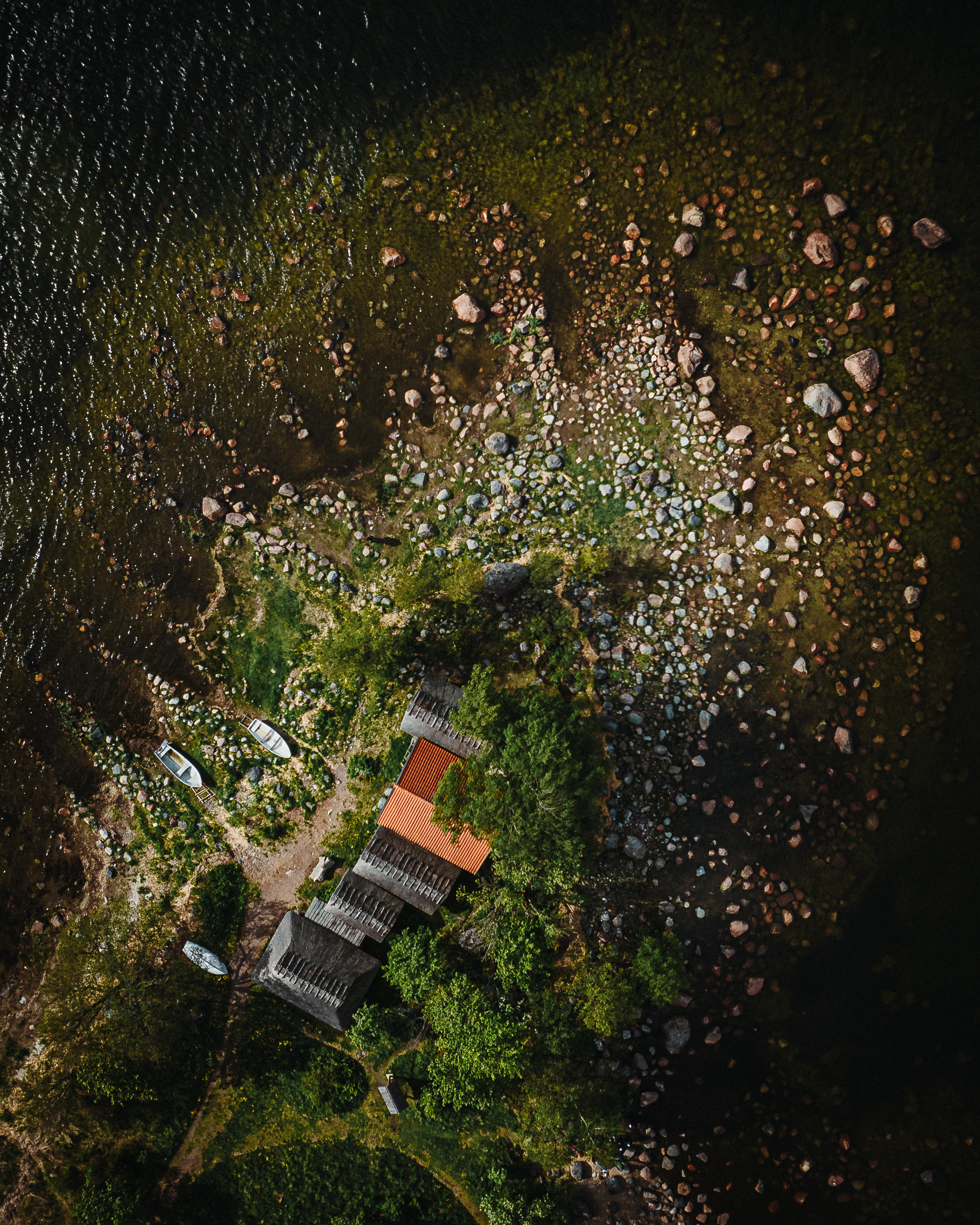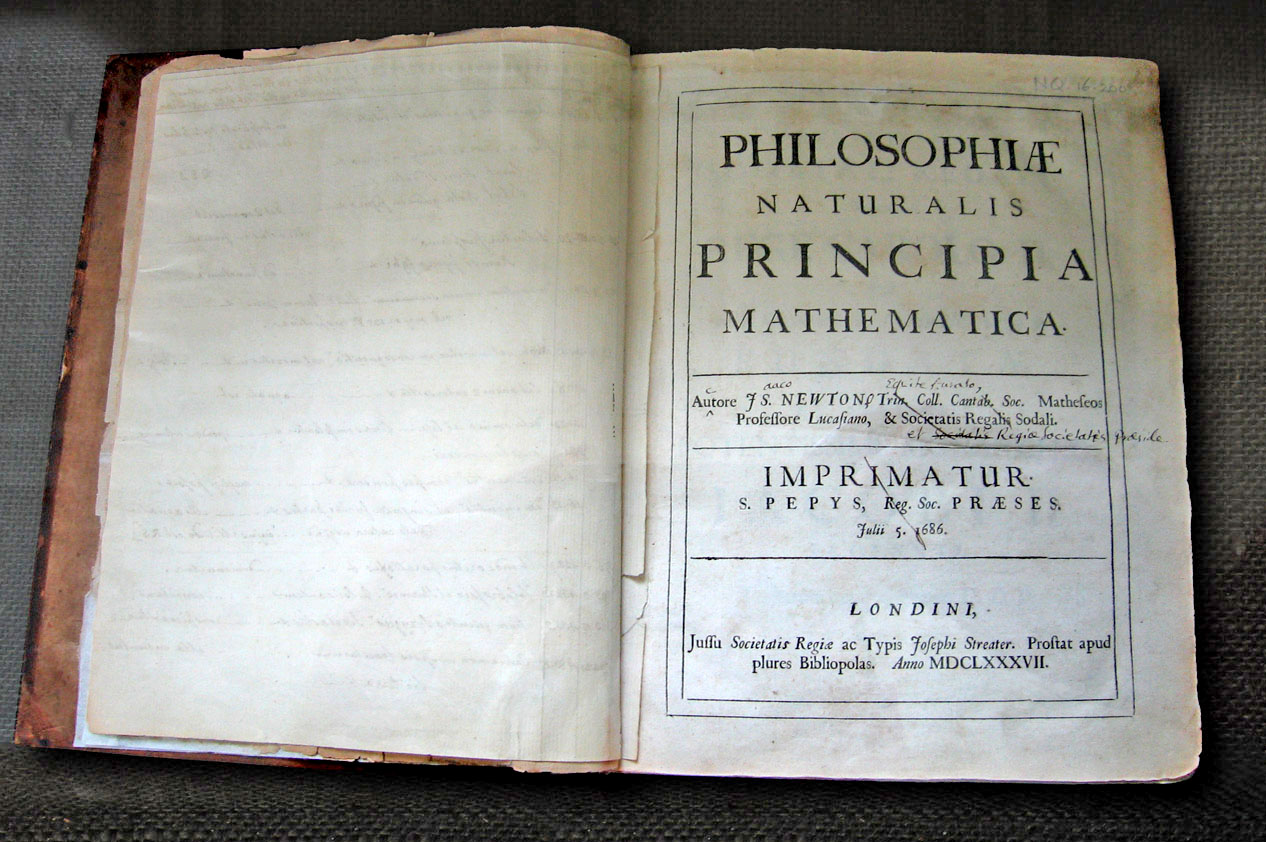|
Moses Coulee
Moses Coulee is a canyon in the Waterville plateau region of Douglas County, Washington. Moses Coulee is the second-largest and westernmost canyon of the Channeled Scablands, located about to the west of the larger Grand Coulee. This water channel is now dry, but during glacial periods, large outburst floods with discharges greater than carved the channel. While it's clear that glacial floodwaters passed through and contributed to the erosion of Moses Coulee, the age of those waters, thus the origins of the coulee are less clear. No clear connection between the head of the coulee and major flood routes to the north, east, or west is known. Some researchers propose that floods from glacial Lake Missoula formed Moses Coulee, while others suggest that subglacial floods from the Okanogan Lobe incised the canyon. The mouth of Moses Coulee discharges into the Columbia River. Two National Natural Landmarks were established in 1986 for features, notable as the best examples of their k ... [...More Info...] [...Related Items...] OR: [Wikipedia] [Google] [Baidu] |
Pliocene
The Pliocene ( ; also Pleiocene) is the epoch (geology), epoch in the geologic time scale that extends from 5.33 to 2.58See the 2014 version of the ICS geologic time scale million years ago (Ma). It is the second and most recent epoch of the Neogene Period in the Cenozoic, Cenozoic Era. The Pliocene follows the Miocene Epoch and is followed by the Pleistocene Epoch. Prior to the 2009 revision of the geologic time scale, which placed the four most recent major glaciations entirely within the Pleistocene, the Pliocene also included the Gelasian Stage, which lasted from 2.59 to 1.81 Ma, and is now included in the Pleistocene. As with other older geologic periods, the Stratum, geological strata that define the start and end are well-identified but the exact dates of the start a ... [...More Info...] [...Related Items...] OR: [Wikipedia] [Google] [Baidu] |
Lake Spokane
A lake is often a naturally occurring, relatively large and fixed body of water on or near the Earth's surface. It is localized in a basin or interconnected basins surrounded by dry land. Lakes lie completely on land and are separate from the ocean, although they may be connected with the ocean by rivers. Lakes, as with other bodies of water, are part of the water cycle, the processes by which water moves around the Earth. Most lakes are fresh water and account for almost all the world's surface freshwater, but some are salt lakes with salinities even higher than that of seawater. Lakes vary significantly in surface area and volume of water. Lakes are typically larger and deeper than ponds, which are also water-filled basins on land, although there are no official definitions or scientific criteria distinguishing the two. Lakes are also distinct from lagoons, which are generally shallow tidal pools dammed by sandbars or other material at coastal regions of oceans or large la ... [...More Info...] [...Related Items...] OR: [Wikipedia] [Google] [Baidu] |
Glacial Lake Columbia
Glacial Lake Columbia was the lake formed on the ice-dammed Columbia River behind the Okanogan lobe of the Cordilleran Ice Sheet when the lobe covered of the Waterville Plateau west of Grand Coulee in central Washington state during the Wisconsin glaciation.The Wisconsin glaciation began about 80,000 years ago and ended around 10,000 years ago. Lake Columbia was a substantially larger version of the modern-day lake behind the Grand Coulee Dam. Lake Columbia's overflow – the diverted Columbia River – drained first through Foster Coulee, and as the ice dam grew, then through Moses Coulee, and finally, the Grand Coulee. Glacial Lake Missoula The Cordilleran ice sheet also blocked the Clark Fork River and created Glacial Lake Missoula, rising behind a high ice dam in flooded valleys of western Montana. Over 2000 years the ice dam periodically failed, releasing approximately 40 high-volume Missoula Floods of water down the Columbia River drainage, passing through glacial Lak ... [...More Info...] [...Related Items...] OR: [Wikipedia] [Google] [Baidu] |
Glacial Till
image:Geschiebemergel.JPG, Closeup of glacial till. Note that the larger grains (pebbles and gravel) in the till are completely surrounded by the matrix of finer material (silt and sand), and this characteristic, known as ''matrix support'', is diagnostic of till. image:Glacial till exposed in roadcut-750px.jpg, Glacial till with tufts of grass Till or glacial till is unsorted glacier, glacial sediment. Till is derived from the erosion and entrainment of material by the moving ice of a glacier. It is deposited some distance down-ice to form terminal, lateral, medial and ground moraines. Till is classified into primary deposits, laid down directly by glaciers, and secondary deposits, reworked by fluvial transport and other processes. Description Till is a form of '' glacial drift'', which is rock material transported by a glacier and deposited directly from the ice or from running water emerging from the ice. It is distinguished from other forms of drift in that it is dep ... [...More Info...] [...Related Items...] OR: [Wikipedia] [Google] [Baidu] |
Moraine
A moraine is any accumulation of unconsolidated debris (regolith and Rock (geology), rock), sometimes referred to as glacial till, that occurs in both currently and formerly glaciated regions, and that has been previously carried along by a glacier or ice sheet. It may consist of partly rounded particles ranging in size from boulders (in which case it is often referred to as boulder clay) down to gravel and sand, in a groundmass of finely-divided clayey material sometimes called glacial flour. Lateral moraines are those formed at the side of the ice flow, and terminal moraines are those formed at the foot, marking the maximum advance of the glacier. Other types of moraine include ground moraines (till-covered areas forming sheets on flat or irregular topography) and medial moraines (moraines formed where two glaciers meet). Etymology The word ''moraine'' is borrowed from French language, French , which in turn is derived from the Savoyard dialect, Savoyard Italian ('mound of e ... [...More Info...] [...Related Items...] OR: [Wikipedia] [Google] [Baidu] |
Esker
An esker, eskar, eschar, or os, sometimes called an ''asar'', ''osar'', or ''serpent kame'', is a long, winding ridge of stratified sand and gravel, examples of which occur in glaciated and formerly glaciated regions of Europe and North America. Eskers are frequently several kilometres long and, because of their uniform shape, look like railway embankments. Etymology The term ''esker'' is derived from the Irish word (), which means "ridge or elevation, especially one separating two plains or depressed surfaces". The Irish word was and is used particularly to describe long sinuous ridges, which are now known to be deposits of fluvio-glacial material. The best-known example of such an ''eiscir'' is the '' Eiscir Riada'', which runs nearly the whole width of Ireland from Dublin to Galway, a distance of , and is still closely followed by the main Dublin–Galway road The synonym ''os'' comes from the Swedish word , "ridge". Geology Most eskers are argued to have formed with ... [...More Info...] [...Related Items...] OR: [Wikipedia] [Google] [Baidu] |
Drumlin
A drumlin, from the Irish word ("little ridge"), first recorded in 1833, in the classical sense is an elongated hill in the shape of an inverted spoon or half-buried egg formed by glacial ice acting on underlying unconsolidated till or ground moraine. Assemblages of drumlins are referred to as fields or swarms; they can create a landscape which is often described as having a 'basket of eggs topography'. Morphology Drumlins occur in various shapes and sizes, including symmetrical (about the long axis), spindle, parabolic forms, and transverse asymmetrical forms. Generally, they are elongated, oval-shaped hills, with a long axis parallel to the orientation of ice flow and with an up-ice (stoss) face that is generally steeper than the down-ice (lee) face. Drumlins are typically between long and between wide. Drumlins generally have a length to width ratio of between 1.7 and 4.1 and it has been suggested that this ratio can indicate the velocity of the glacier. That is, since ... [...More Info...] [...Related Items...] OR: [Wikipedia] [Google] [Baidu] |
Glacial Erratic
A glacial erratic is a glacially deposited rock (geology), rock differing from the type of country rock (geology), rock native to the area in which it rests. Erratics, which take their name from the Latin word ' ("to wander"), are carried by glacial ice, often over distances of hundreds of kilometres. Erratics can range in size from pebbles to large boulders such as Okotoks Erratic, Big Rock (16,500 metric tons) in Alberta. Geologists identify erratics by studying the rocks surrounding the position of the erratic and the composition of the erratic itself. Erratics are significant because: *They can be transported by glaciers, and are thereby one of a series of indicators which mark the path of prehistoric Glacial motion, glacier movement. Their lithographic origin can be traced to the parent bedrock, allowing for confirmation of the ice flow route. *They can be transported by ice rafting, which allows quantification of the extent of glacial flooding resulting from ice dam failure ... [...More Info...] [...Related Items...] OR: [Wikipedia] [Google] [Baidu] |
Pleistocene
The Pleistocene ( ; referred to colloquially as the ''ice age, Ice Age'') is the geological epoch (geology), epoch that lasted from to 11,700 years ago, spanning the Earth's most recent period of repeated glaciations. Before a change was finally confirmed in 2009 by the International Union of Geological Sciences, the cutoff of the Pleistocene and the preceding Pliocene was regarded as being 1.806 million years Before Present (BP). Publications from earlier years may use either definition of the period. The end of the Pleistocene corresponds with the end of the last glacial period and also with the end of the Paleolithic age used in archaeology. The name is a combination of Ancient Greek () 'most' and (; Latinized as ) 'new'. The aridification and cooling trends of the preceding Neogene were continued in the Pleistocene. The climate was strongly variable depending on the glacial cycle, oscillating between cold Glacial period, glacial periods and warmer Interglacial, int ... [...More Info...] [...Related Items...] OR: [Wikipedia] [Google] [Baidu] |
Waterville Plateau
Waterville may refer to: Places Canada * Waterville, Quebec * Waterville, Nova Scotia * Waterville, Carleton County, New Brunswick, a rural community * Waterville, Sunbury County, New Brunswick, a rural community * Waterville, Newfoundland and Labrador Ireland * Waterville, County Kerry, a seaside village * Waterville, Dublin, a housing development near Dublin city United States * Waterville (Waterbury), a neighborhood of Waterbury, Connecticut * Waterville, Iowa * Waterville, Kansas * Waterville, Maine * Waterville, Minnesota * Waterville, New York * Waterville, Ohio * Waterville, Pennsylvania * Waterville, Tennessee * Waterville, Texas * Waterville, Vermont * Waterville, Washington * Waterville, Wisconsin * Waterville, Waukesha County, Wisconsin, in the village of Summit * Waterville Valley, New Hampshire * Waterville USA, a water and amusement park in Alabama Sports * Waterville (baseball), a minor league baseball team based in Waterville, Maine * Waterville GAA ... [...More Info...] [...Related Items...] OR: [Wikipedia] [Google] [Baidu] |
Public Domain
The public domain (PD) consists of all the creative work to which no Exclusive exclusive intellectual property rights apply. Those rights may have expired, been forfeited, expressly Waiver, waived, or may be inapplicable. Because no one holds the exclusive rights, anyone can legally use or reference those works without permission. As examples, the works of William Shakespeare, Ludwig van Beethoven, Miguel de Cervantes, Zoroaster, Lao Zi, Confucius, Aristotle, L. Frank Baum, Leonardo da Vinci and Georges Méliès are in the public domain either by virtue of their having been created before copyright existed, or by their copyright term having expired. Some works are not covered by a country's copyright laws, and are therefore in the public domain; for example, in the United States, items excluded from copyright include the formulae of Classical mechanics, Newtonian physics and cooking recipes. Other works are actively dedicated by their authors to the public domain (see waiver) ... [...More Info...] [...Related Items...] OR: [Wikipedia] [Google] [Baidu] |






